Zambia's economy expands by 4.5% in Q1 2025
Announcing the development at the media briefing in Lusaka on Thursday, Acting Statistician General, Sheila Mudenda, said the growth was based on year-on-year comparisons of Gross Domestic Product (GDP) at constant 2010 prices, with the 2.3 percentage point rise reflecting increased economic activity across several key sectors.
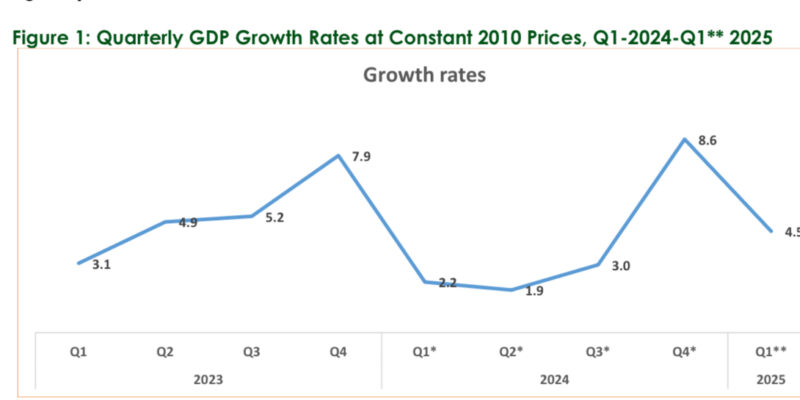
“The growth was mainly attributed to strong performances in Agriculture, forestry and fishing (3.9%), Mining and quarrying (1.4%), Information and Communication (1.1%) and Accommodation and food services (0.9%),” Mudenda said.
However, several sectors contributed negatively to overall growth.
Mudenda stated that these included wholesale and retail trade, which declined by 2.0 percent, construction (-1.0%), electricity generation (-0.3%), financial and insurance activities (-0.2%), and other service activities (-0.2%).
In terms of specific industry performance, Mudenda said Agriculture, forestry and fishing posted the highest growth rate at a remarkable 74.4 percent, driven largely by a rebound in crop and livestock production.
She said accommodation and food services followed with a growth rate of 27.6 percent, while mining and quarrying, buoyed by increased mineral output, grew by 16.5 percent.
The information and communications sector expanded by 16.2 percent.
Conversely, some sectors recorded sharp declines. Other service activities shrank by 24.4 percent, while both Electricity generation and Water supply contracted by 17.7 percent each.
She stated that wholesale and retail trade also suffered a double-digit decline of 12.0 percent.
Mudenda added that at the current prices, the GDP for the first quarter of 2025 was estimated at K153.9 billion, up from K149.1 billion in the same period of 2024.
A breakdown of industry contributions to GDP showed that Mining and Quarrying accounted for the largest share at 22.0 percent, followed by Wholesale and Retail Trade (16.3%), Transportation and Storage (13.4%), and Manufacturing (9.0%).
Mudenda indicated that arts, entertainment and recreation, as well as water supply, had the lowest contributions at just 0.1 percent and 0.3 percent respectively.
ZamStats noted that the latest data underscored the need for sustained support to growth-driving sectors such as agriculture and mining, while also addressing structural weaknesses in electricity, trade, and water supply systems that continue to hamper broader economic performance.
Meanwhile, Republican Progressive Party (RPP) Leslie Chikuse says the latest statistics released by the Zambia Statistics Agency presents a positive and encouraging picture of Zambia's economic trajectory, which is already translating into tangible benefits for the people of Zambia.
The Zambia Statistics Agency (ZamStats) revealed that the country's economy expanded by an impressive 4.5 percent in the first quarter of 2025, almost doubling the 2.2 percent growth recorded in the same period last year.
ZamStas stated that the growth was being driven by key productive sectors such as Agriculture, which recorded an outstanding 74.4 percent growth, alongside solid performances in Mining, Information and Communication, and Accommodation services.
In a statement issued in Lusaka on Friday, Chikuse stated that this means more jobs, increased food production, and opportunities for businesses and communities across the country.
“Secondly, Zambia recorded a trade surplus of K1.5 billion in May 2025, up from K0.5 billion in April.
This reflects the country's growing competitiveness on the international market and its ability to earn more foreign exchange through increased exports,” Chikuse said.
He stated notably, Non-Traditional Exports (NTEs) rose by 36.4 percent, with significant growth in agricultural exports such as tobacco, sugar, and soya-bean oil.
Chikuse said the diversification of export earnings is critical for building economic resilience and reducing dependency on copper alone.
In addition, the cumulative total trade between January and May 2025 increased by 26.7 percent compared to the same period last year, signifying growing economic activity and confidence in Zambia as a reliable trading partner.
“Furthermore, the report highlights a reduction in the annual inflation rate to 14.1 percent in June 2025, down from 15.3 percent in May,” he said.
Chikuse stated that particularly encouraging was the significant drop in the prices of essential food items such as mealie meal and maize grain, which directly eases the cost of living for ordinary Zambians, especially in vulnerable communities.
He said the developments were not abstract numbers — they translate to real improvements in the lives of Zambians through job creation, increased household incomes, food security, and greater access to affordable goods.
“The continued growth of sectors such as Agriculture and Mining, coupled with reduced inflation and increased trade, is laying the foundation for sustainable development, poverty reduction, and a more prosperous Zambia,” Chikuse said.
He also commended the Zambia Statistics Agency for consistently providing reliable, timely data that informs policy-making and empowers citizens with knowledge.
Chikuse stressed the need to continue to leverage on the positive trends to create inclusive growth and ensure that every Zambian benefits from the opportunities being created.











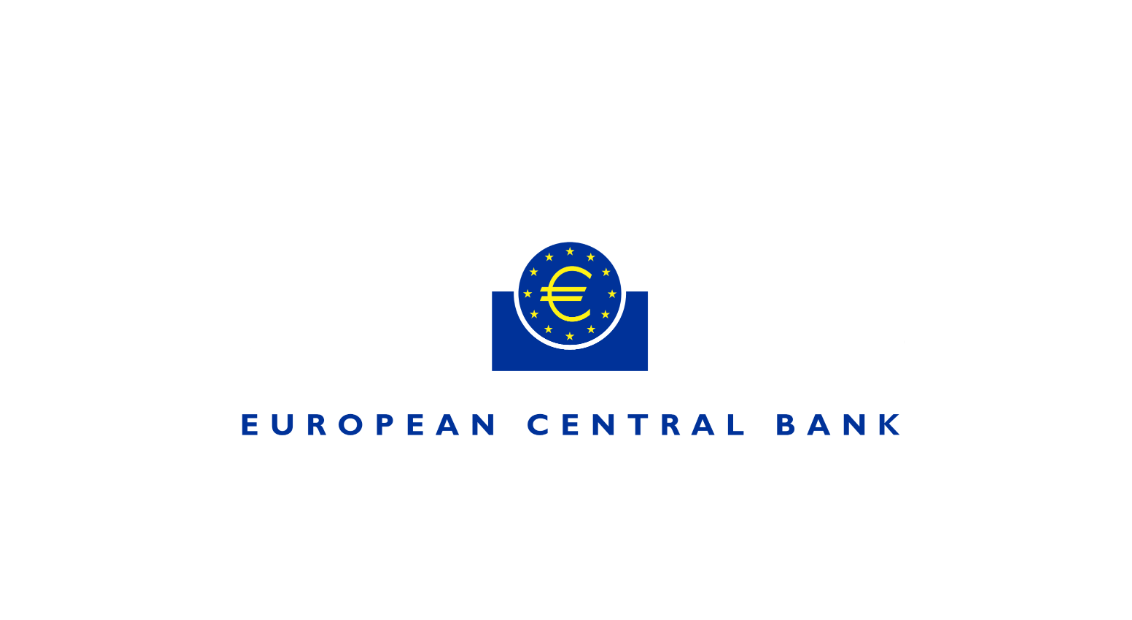
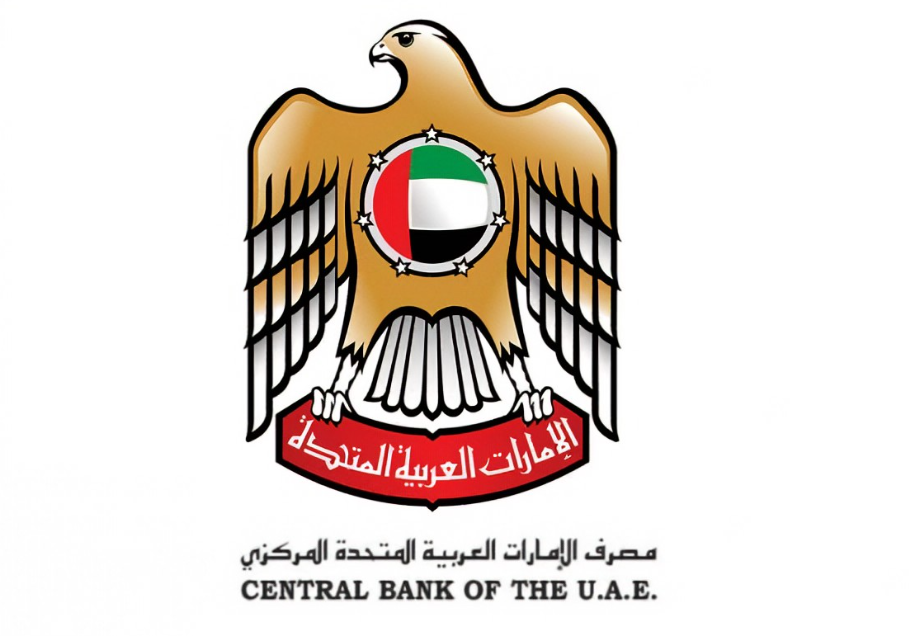
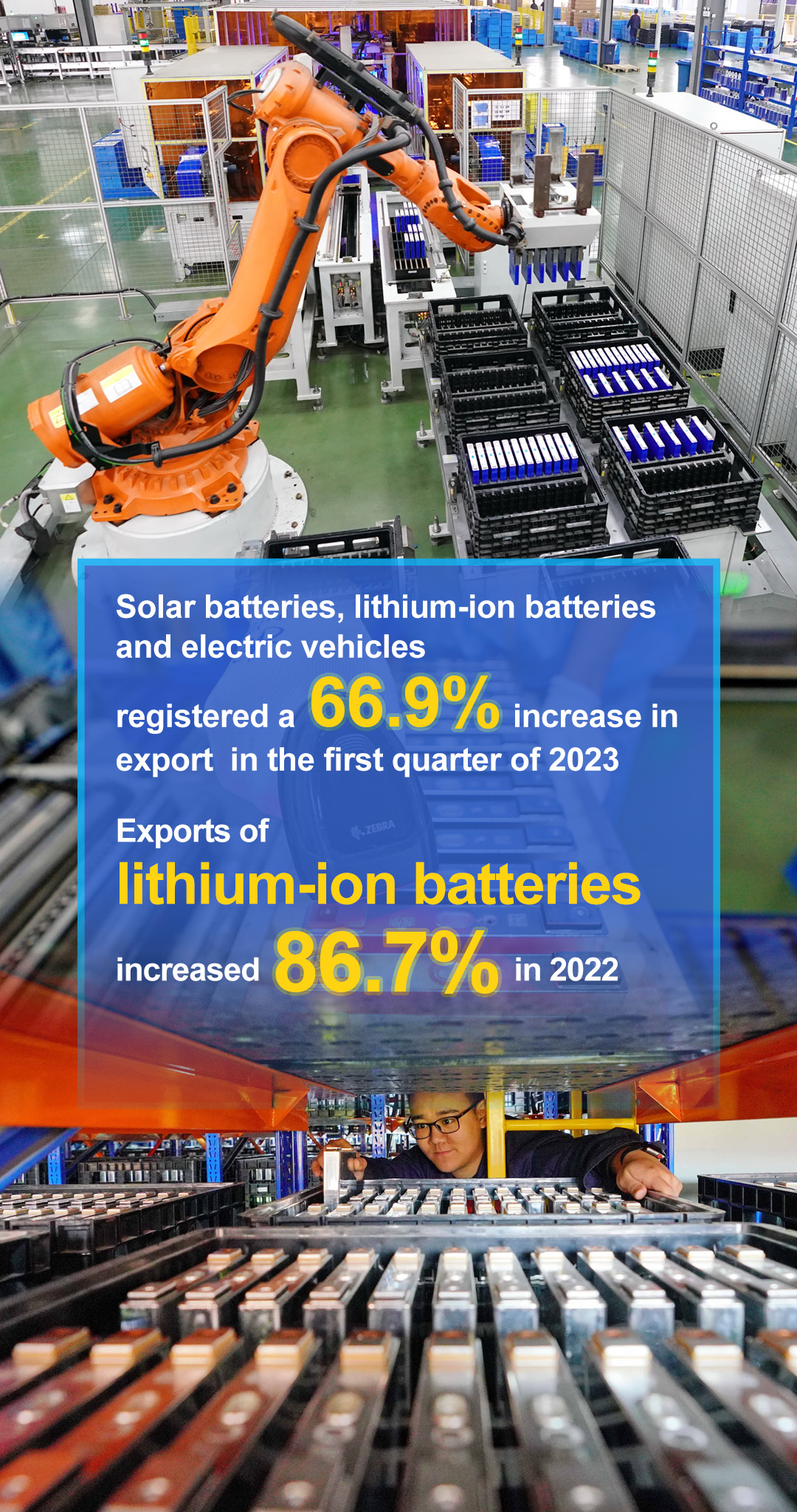




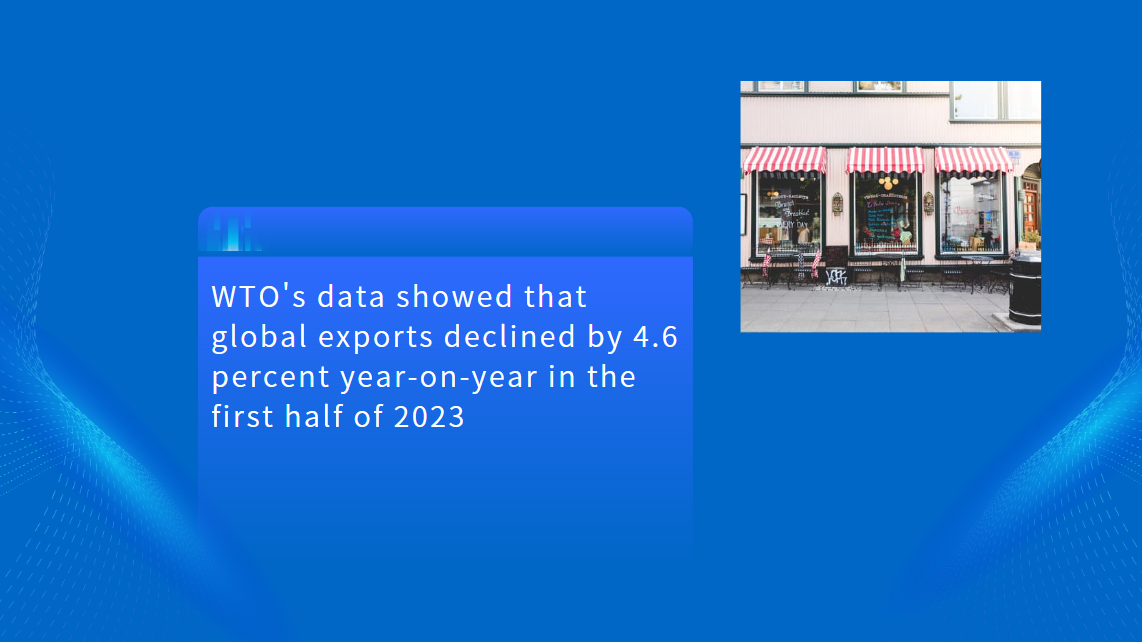


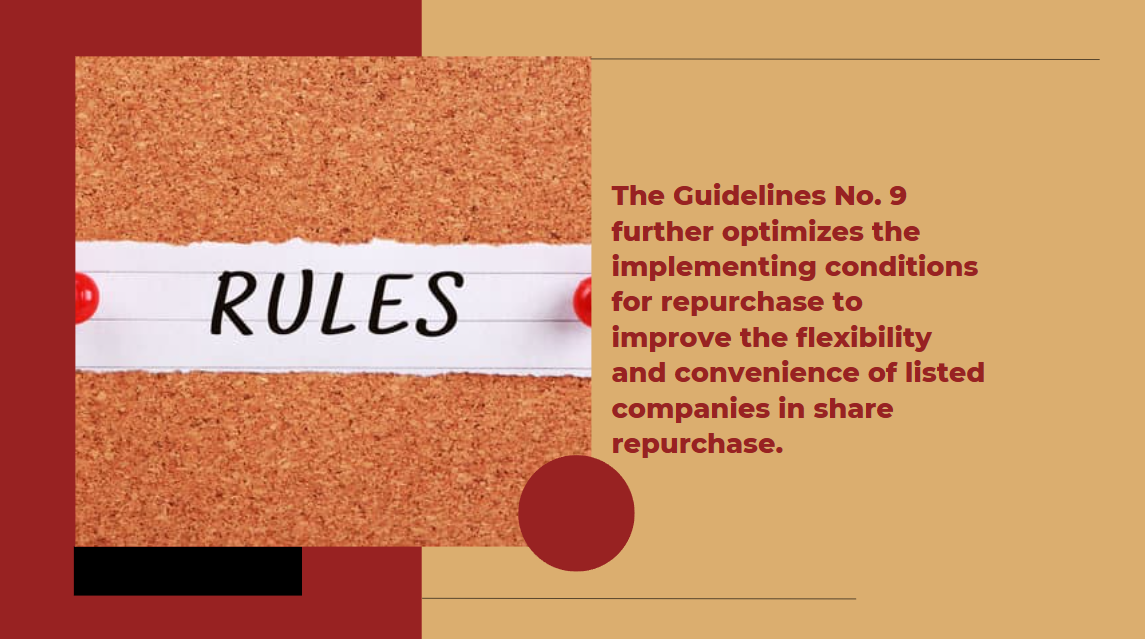


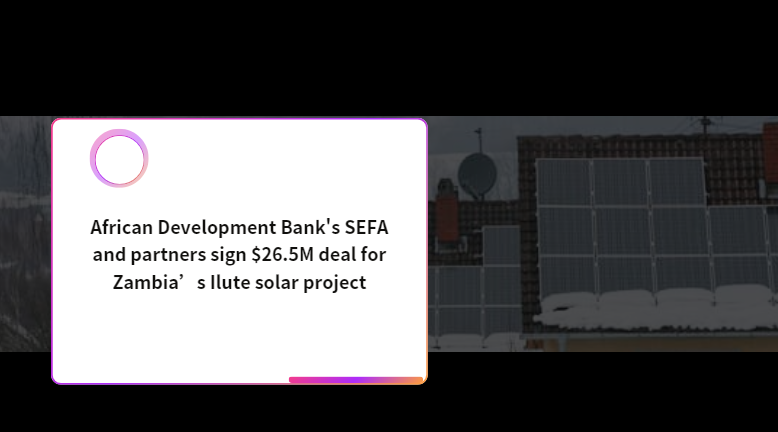





























First, please LoginComment After ~